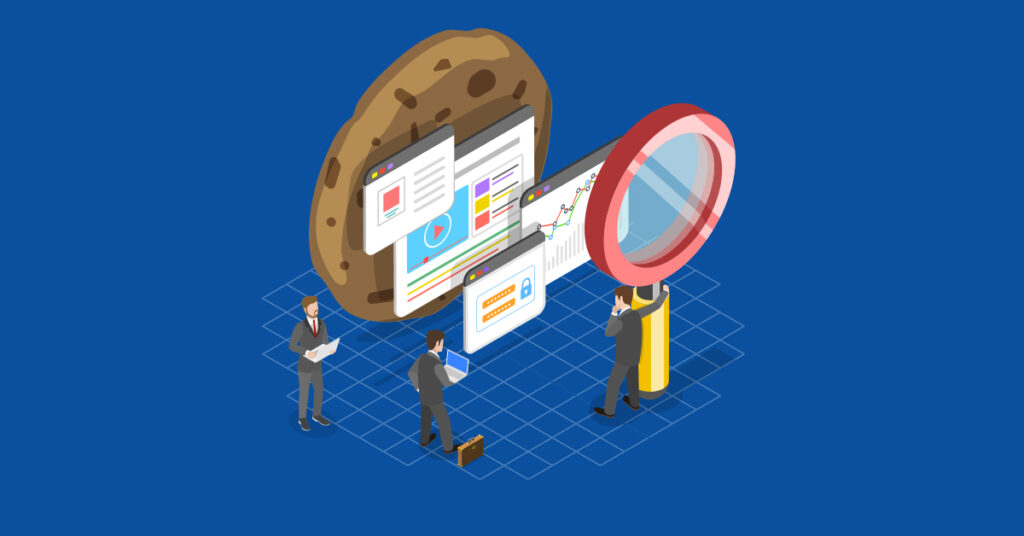The impending death of the third-party cookie on internet’s most popular browser, Google Chrome, has left many digital marketers scratching their heads. After all, for the past few years, these third-party cookies were what advertisers used in order to target their potential consumers.
The new Chrome update, the EU’s GDPR guidelines, ad blockers, and the already existing third-party cookie blocks from Safari and Firefox collectively limit the efficacy of display ads and native ads. Digital marketers used third-party cookies to gather data and build behavioural profiles of online users which it used for programmatic advertising.
Without third-party cookies, this programmatic advertising seems to have lost its strongest pillar. So, what’s next for digital advertisers? Will it crumble without the support of the cookies or will it evolve and use other resources to thrive? Let’s take a look at the options and potential next steps for digital advertisers as the eventual death of the third-party cookie looms over…
Leveraging Privacy Sandbox
Google hasn’t left advertisers in a complete lurch. It has suggested a Privacy Sandbox which allows the advertisers to use 5 different APIs to gather data about conversions and attribution. For example, Google’s conversion API will allow the advertiser to know if a particular user bought the product or service after clicking on its ad. The advertiser cannot track the user across all channels. Earlier, a digital marketer could track the whole behaviour of the user right from when they first saw the ad to when the finally made a purchase. With the new API, the marketer will now only know that a certain number of users have made the purchase or clicked on the ad, without knowing which user it is and being able to track them across the digital world.
Unlike third-party cookies which were stored on the user’s hard drive, the user data received after the Chrome update will be stored on the browser itself. This will ensure the privacy of the user and restrict the unprecedented access to user behaviour that third-party cookies allowed for.
However, Google hasn’t revealed the nitty-gritties of how the APIs will function, so we are yet to fully understand the implications of these APIs for digital marketers.
Leveraging first-party data for contextualised advertising
The online community and lawmakers have no qualms regarding first-party data and its usage. After all, the user has made an informed decision to provide their information to the publisher/website. It is this data that digital marketers will need to leverage for their advertising strategies.
One of the man advantages of using first-party data is its quality. Since it comes directly from the horse’s mouth (so to speak), it can be relied upon. Data such as user’s behaviour on the website, social media profile, answered surveys, subscriptions, CRM are good quality first-party data that can be leveraged.
There is no question that display advertising and native advertising are great avenues for building business. However, to keep the momentum going, digital marketers need to shift their focus on acquiring quality first-party and second-party quality data. They need to establish the trust needed with premium and mid-range publishers in order to get first-party data to improve their contextualised targeting.
If there is one thing the digital marketing is known for, its their creativity and resilience. Our bets are on the industry reinventing itself and taking the effort to find the next big thing.
Keep an eye on this blog to know how the digital industry is handling this cookie-less world and next steps.




